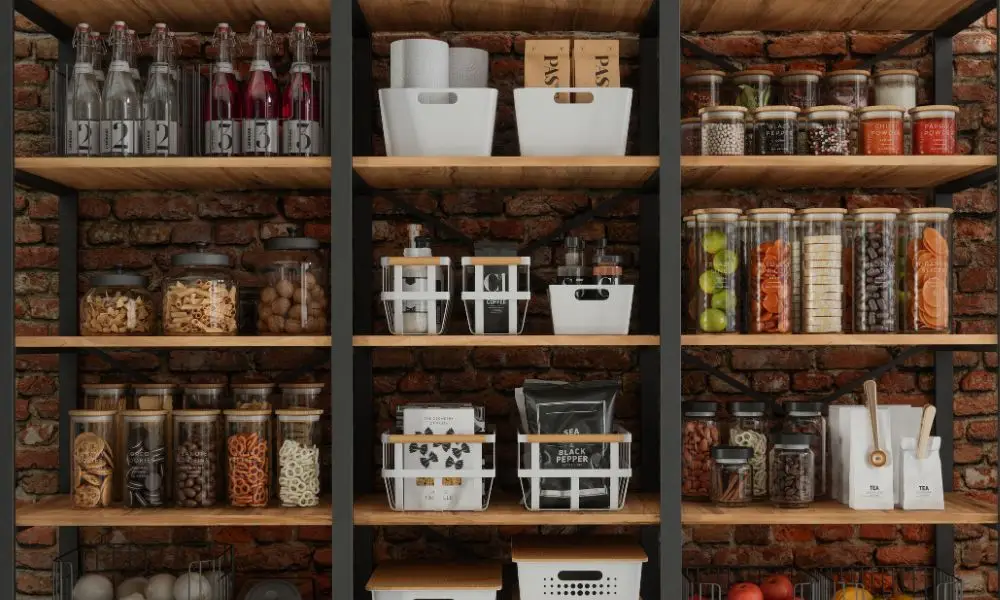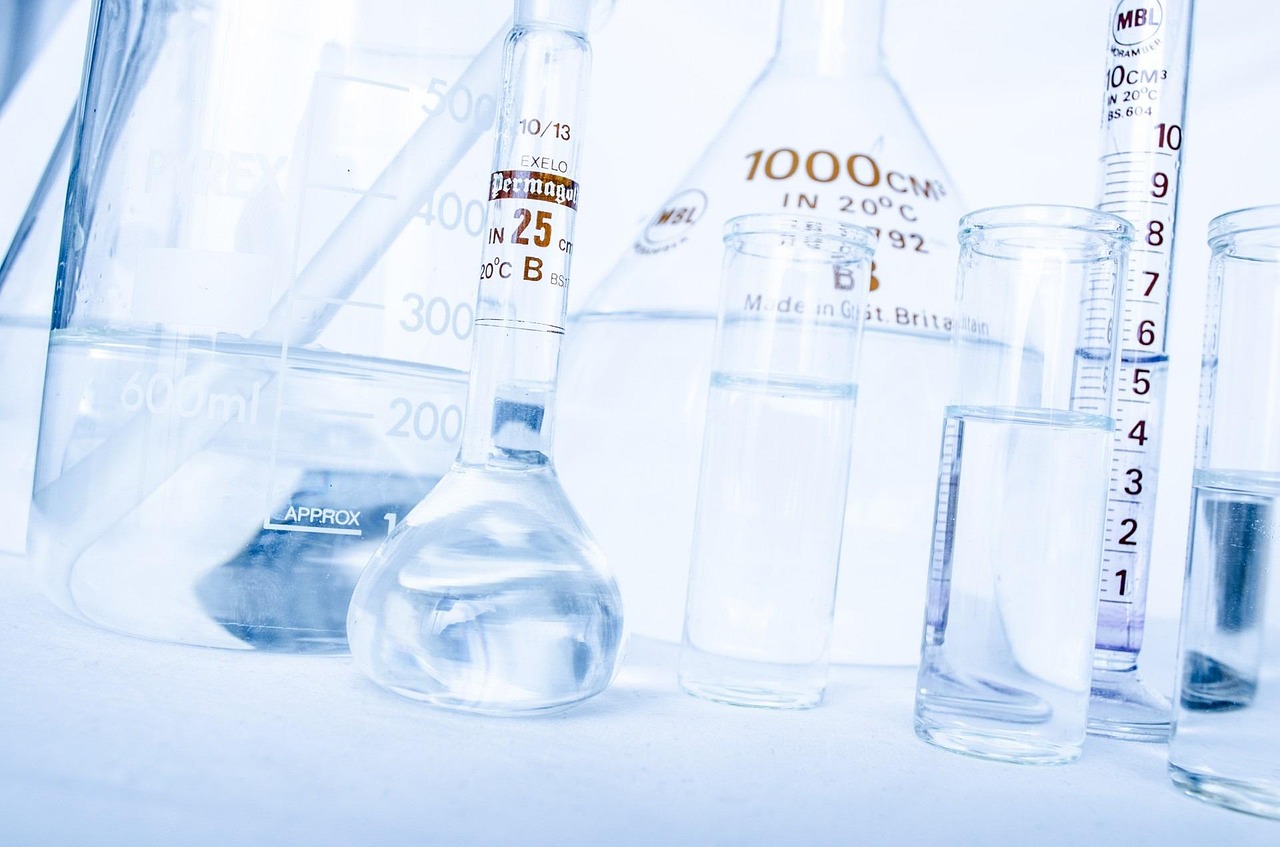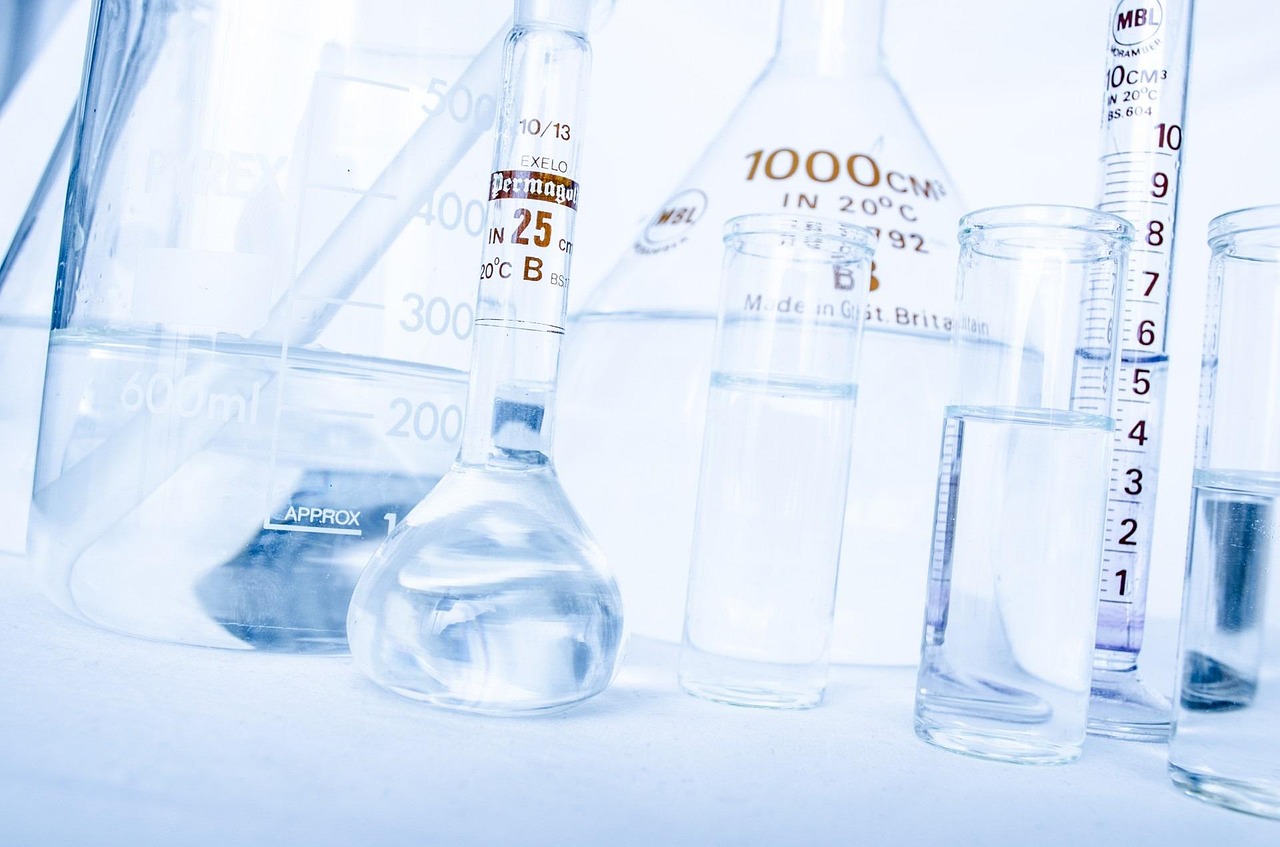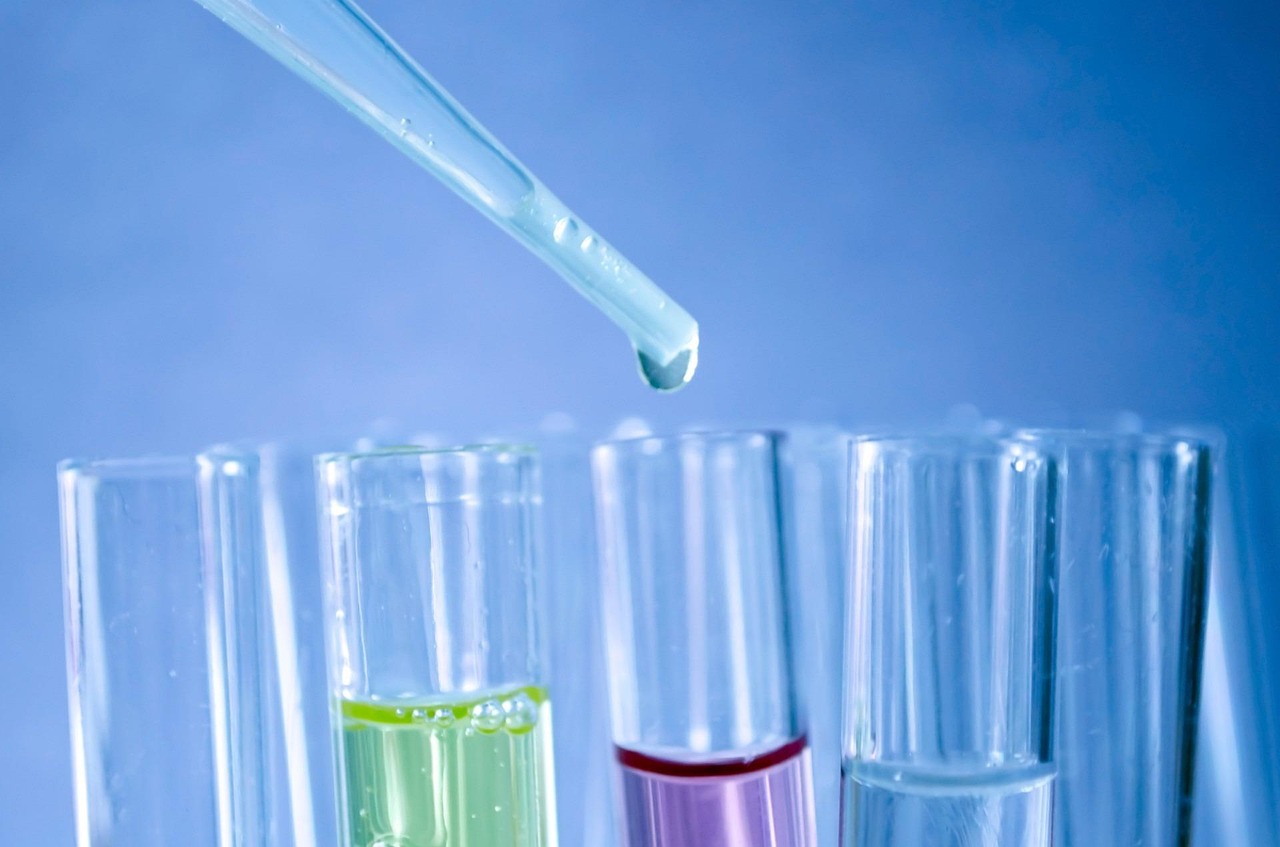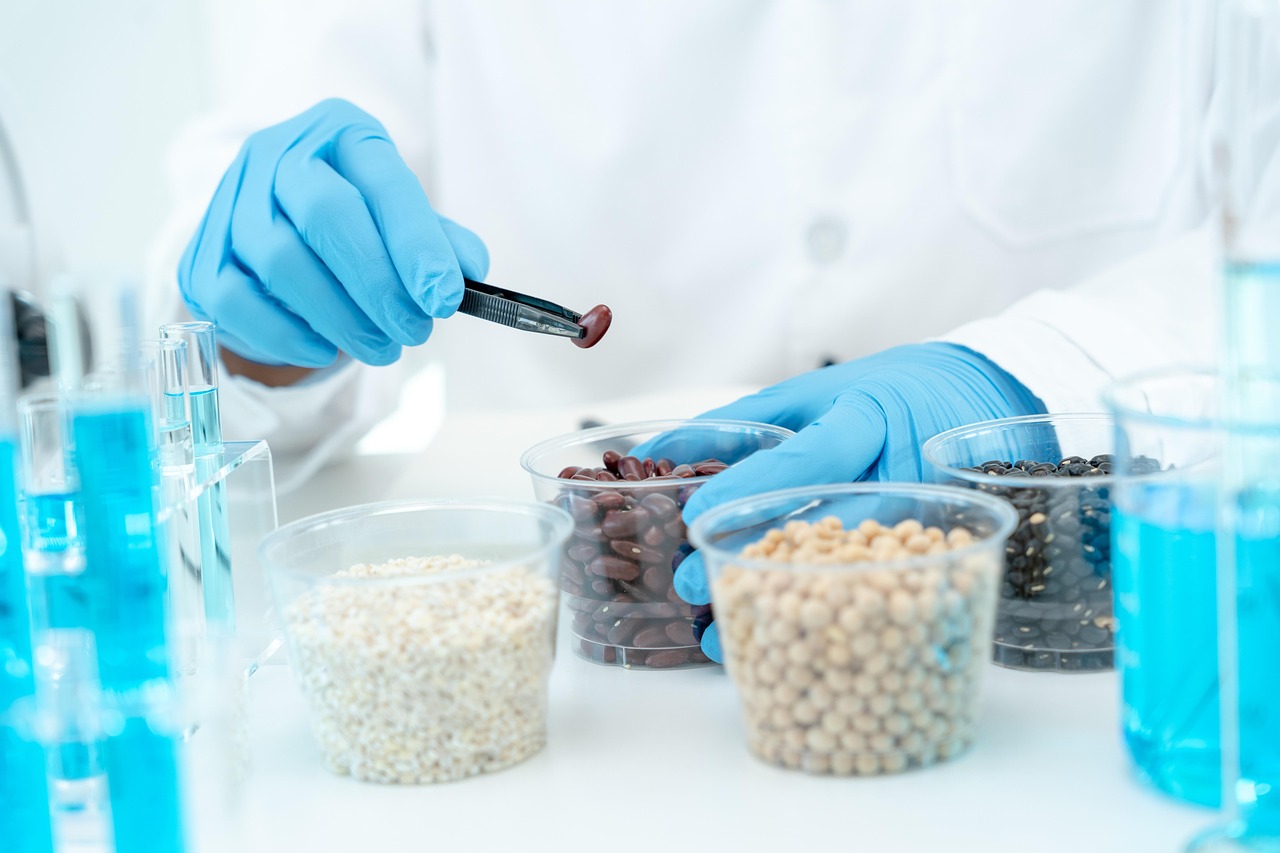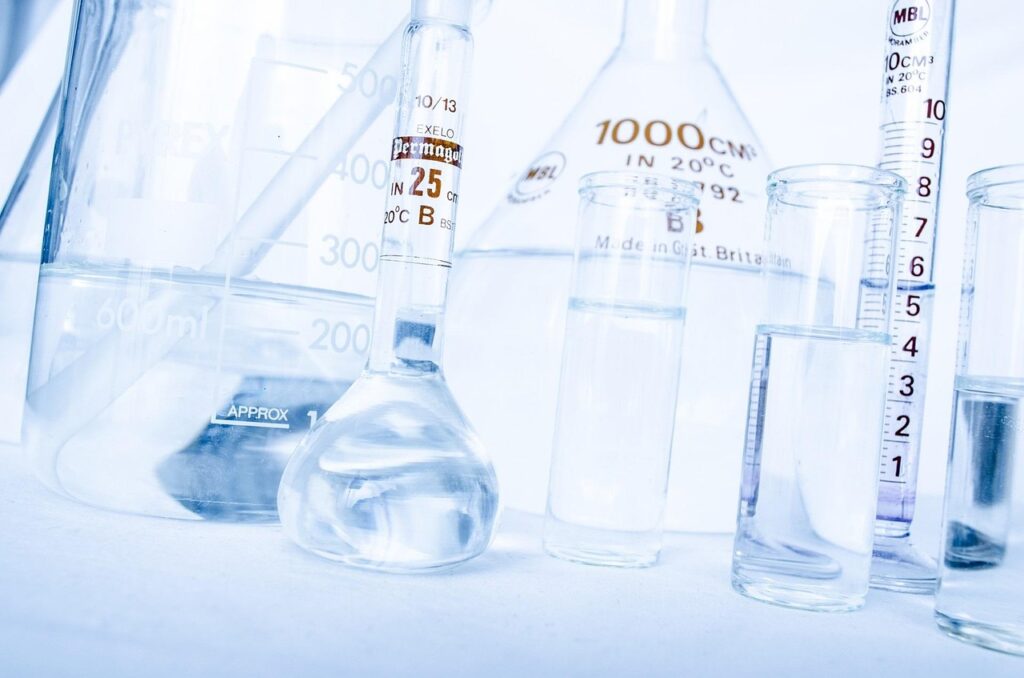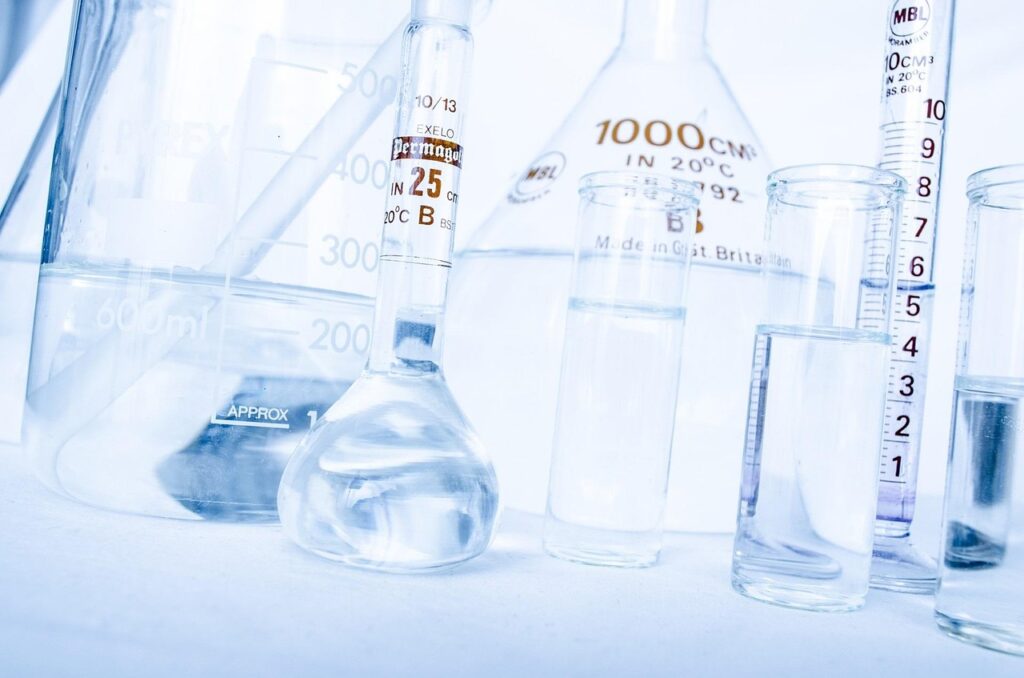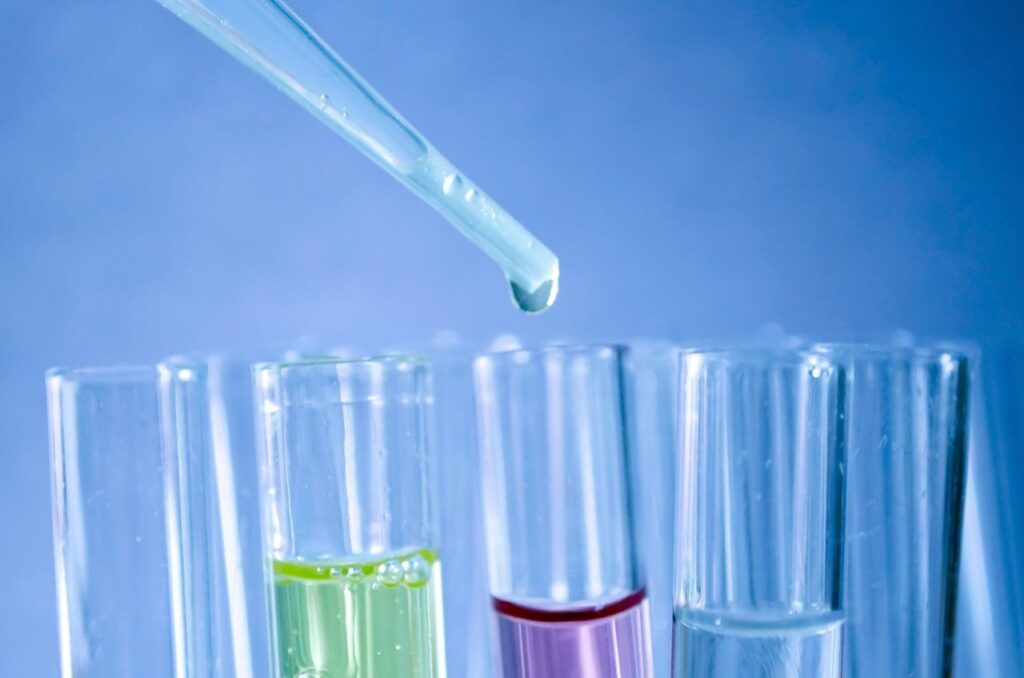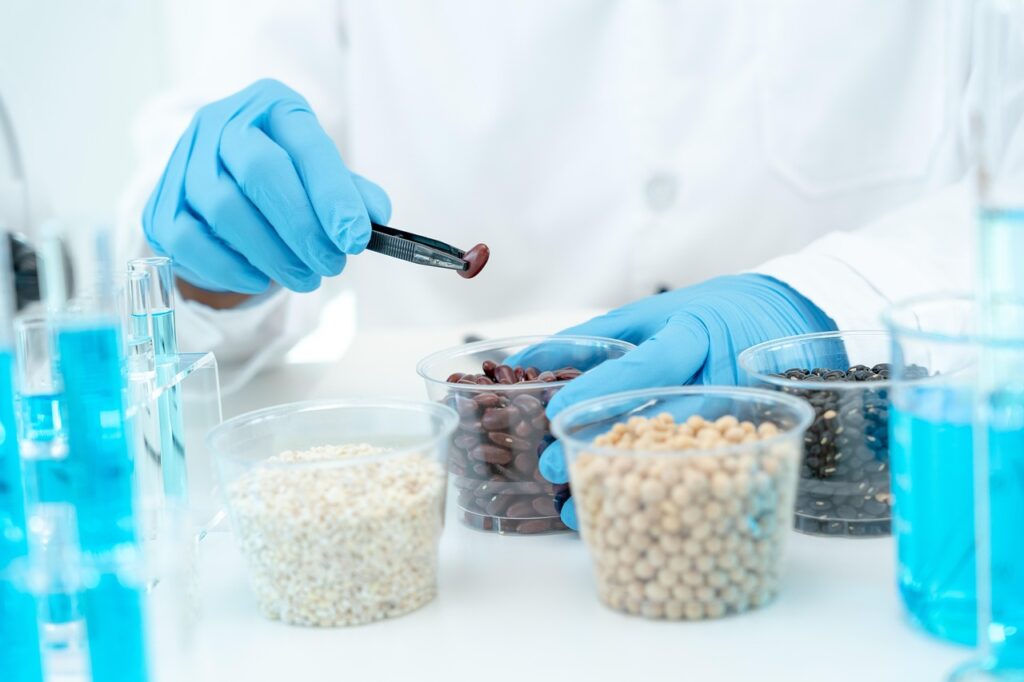Ensuring the safety and quality of food products is of utmost importance in the food industry. One crucial aspect of this is determining the shelf life of a product. Food shelf life testing is a systematic process that helps manufacturers, distributors, and consumers understand how long a food item can remain safe and maintain its desired quality.
Food shelf life testing serves as a meticulously structured process that not only assures the safety of what we consume but also provides clarity for manufacturers, distributors, and consumers regarding a product’s longevity.
It serves as a guiding light, illuminating the timeframe during which a food item can maintain its safe consumption and desired sensory attributes, whether it’s the tantalizing aroma of freshly baked bread, the crispness of a potato chip, or the flavor of a fruit preserve.
This systematic evaluation becomes a critical compass, facilitating informed decisions throughout the food supply chain, from the initial stages of production to when a product reaches consumers.
In this comprehensive guide, we will delve into the various methods used for food shelf life testing.
Why is Food Shelf Life Testing Important?
Before delving into the specifics of food shelf life testing methods, it is imperative to grasp the fundamental reasons that make this practice indispensable.
Food shelf life testing stands as an integral cornerstone of the food industry, playing a multifaceted role that extends far beyond mere routine assessments. Firstly, it serves as a stalwart guardian of consumer health and safety.
By systematically evaluating the duration for which a food product can be deemed safe for consumption, it acts as an early warning system, preventing the accidental consumption of potentially harmful items and thereby safeguarding the well-being of consumers. Food shelf life testing helps in the following:
Safety Assurance:
Ensuring a food product remains safe for consumption throughout its intended shelf life is a non-negotiable priority in the food industry. This commitment to safety is rooted in the principle that consumers should be able to enjoy their food without any health concerns or risks.
It involves a comprehensive product assessment, considering ingredients, processing methods, packaging, and storage conditions to guarantee that no harmful pathogens or contaminants develop over time.
The overarching goal is to provide consumers with the peace of mind that the food they purchase will not compromise their health and well-being, reinforcing the trust and reliability that consumers expect from food producers and the industry.
Quality Maintenance:
Determining a food product’s ability to sustain its taste, texture, color, and other sensory qualities throughout its intended shelf life is a cornerstone of food quality assessment.
It involves meticulously examining the myriad factors that influence sensory attributes, ensuring that the product delivers a delightful and satisfying culinary experience for consumers.
This assessment considers ingredient composition, processing techniques, and packaging methods to maintain the product’s freshness, flavor, visual appeal, and overall sensory appeal.
The core principle underlying this practice is to provide consumers not only with safe food but also with products that consistently meet and even exceed their sensory expectations, thus fostering trust and satisfaction in both food producers and the industry as a whole.
Reduction of Food Waste:
Preventing premature disposal of food items is a crucial objective in the food industry, with significant implications for reducing food waste. Food shelf life testing is a powerful tool for achieving this goal by accurately assessing the product’s durability and safety.
Determining the actual point at which a food product becomes unsuitable for consumption mitigates unnecessary discarding of items that are still safe and wholesome, thus minimizing food waste.
This reduction in food waste benefits the environment by conserving resources and reducing greenhouse gas emissions associated with food decomposition. Still, it also aligns with sustainability goals, making the food industry more environmentally responsible and economically efficient.
Regulatory Compliance:
Compliance with legal requirements and industry standards in the food industry is paramount. These regulations, encompassing food safety and labeling, are in place to safeguard public health and provide consumers with accurate product information.
Adhering to food safety regulations ensures that food products are handled, processed, and distributed under strict hygiene and quality control measures, minimizing the risk of foodborne illnesses.
Simultaneously, labeling standards promote transparency, offering consumers truthful information about ingredients, nutrition, allergens, and expiration dates. By meeting these requirements, food manufacturers demonstrate their commitment to consumer safety, quality, and ethical practices, fostering trust among regulators and consumers alike.
Different methods are used for food shelf life testing
Let’s delve deeper into the diverse methods employed for food shelf life testing. These methods are indispensable for assessing the durability of food products, ensuring that they remain safe and maintain their desired quality over time.
While there are various approaches, they can be categorized into accelerated shelf life testing (ASLT), real-time shelf life testing, and other methods.
1. Accelerated Shelf Life Testing (ASLT):
The accelerated shelf life testing method (ASLT) is a vital method for estimating a food product’s shelf life more rapidly by subjecting it to conditions that simulate long-term storage effects.
ASLT involves stress testing, where the food is exposed to elevated temperatures, humidity, oxygen, and other stressors to expedite degradation. Monitoring sensory attributes, microbial growth, chemical composition, and packaging integrity is crucial.
Through ASLT, manufacturers and researchers gain insights into how a product might deteriorate over time, helping them establish realistic shelf life expectations, optimize formulations, and ensure food safety and quality.
This method is precious in industries where swift product development and quality assessment are essential, providing a cost-effective means of assessing a product’s shelf life characteristics.
2. Real-Time Shelf Life Testing:
Real-time shelf life testing is a method that involves storing a food product under consistent conditions, typically at room temperature, and continuously assessing its quality over an extended period to provide an accurate representation of how the product’s quality changes over time.
This approach relies on two crucial elements: regular sampling, where product samples are periodically evaluated for sensory attributes, microbiological quality, and other factors, and statistical analysis, which helps predict the point at which the product’s quality falls below acceptable levels.
Real-time shelf life testing ensures that the projected shelf life aligns with the product’s actual performance under normal storage conditions, enhancing both consumer safety and the preservation of product quality.
Also, check out our blog post comparing Real-Time Shelf Life Stability Testing with Accelerated Shelf Life testing.
3. Microbiological Testing:
Microbiological testing is a pivotal component of food safety and quality assurance, focusing on evaluating microbial growth, including bacteria, yeast, and molds, within food products.
Detecting harmful microorganisms is crucial, as their presence can lead to spoilage and pose significant foodborne illness risks.
This testing comprises two primary methods: the total plate count, which quantifies the overall microbial load in a sample and provides insights into product hygiene and storage conditions, and pathogen detection, aimed at identifying specific pathogenic bacteria like Salmonella and E. coli that can cause foodborne diseases.
Microbiological testing is integral to maintaining food safety and quality standards, protecting public health, and preventing foodborne outbreaks.
4. Sensory Evaluation:
Sensory evaluation, a vital aspect of food assessment, employs either trained experts or consumers to assess a product’s sensory attributes, encompassing taste, texture, aroma, and appearance.
Two fundamental approaches are employed: Descriptive Analysis, where expert panelists meticulously describe and rate sensory characteristics using standardized terminology, providing a detailed sensory profile; and Consumer Testing, which gauges overall liking, acceptability, and purchase intent among consumers, offering insights into product appeal and alignment with consumer preferences.
Sensory evaluation ensures that food products not only meet safety and quality standards but also cater to consumer expectations, aiding manufacturers in fine-tuning their products and maintaining consistent sensory quality throughout the product’s shelf life.
5. Chemical Analysis:
Chemical analysis is a vital component of food testing, focusing on assessing a food product’s composition and chemical changes over time. Essential methods include pH measurement, which tracks acidity or alkalinity shifts; oxidation testing to gauge lipid oxidation affecting flavor and aroma; and monitoring moisture content, vital for texture, shelf life, and overall product quality.
These analyses provide essential insights into how a food product may evolve during storage, enabling manufacturers to maintain quality, extend shelf life, and ensure product stability by making necessary adjustments to formulations.
6. Packaging Integrity Testing:
Packaging is pivotal in safeguarding food quality and safety by preventing moisture and oxygen from compromising products. Two critical tests are integral in this process: Leak Testing ensures the packaging’s integrity with no breaches, which is crucial for preventing contamination, and Oxygen Permeability Testing evaluates how effectively packaging resists oxygen ingress.
Adequate packaging is essential for preserving food freshness, preventing spoilage, and extending shelf life. These tests help manufacturers identify and address potential packaging issues, ensuring that food products remain in optimal consumer condition.
If you are deliberating whether you need food shelf life testing, we at SMS LABS can help. We provide professional shelf-life testing services for your personal and professional needs.
Conclusion:
The field of food shelf life testing acknowledges the diverse nature of food products and the specific demands of various industries. It recognizes that the choice of testing method depends on factors such as the product’s unique attributes, testing goals, and available resources.
Whether it’s fresh produce, dairy, or frozen goods, each product category necessitates a tailored approach to determine its safe shelf life. Employing these testing methods empowers food manufacturers to confidently ensure both consumer safety and product quality while also contributing to the reduction of food waste.
This adaptive and sustainable approach aligns with industry goals of environmental responsibility and resource conservation, making it a cornerstone in producing high-quality, safe food products.

